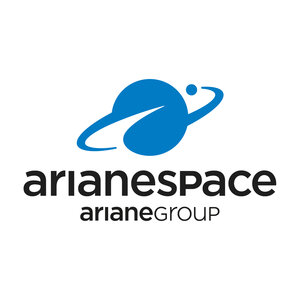Ariane 5 launches two telecommunications satellites
On 11 August 2006, an Ariane 5 ECA launcher lifted off from Europe’s Spaceport in French Guiana on its mission to place two telecommunications satellites into geostationary transfer orbits. Lift-off of flight V172 took place at 22:15 GMT/UTC (19:15 local time, 00:15 / 12 August CEST/Paris). The satellites were accurately injected into the correct transfer orbits about 30 minutes later.
The payload satellites were JCSAT-10, which will supply fixed satellite services (FSS) for Japan, the Asia-Pacific region and Hawaii, and Syracuse 3B, which will provide communications for the French armed forces.
Flight timeline
The Ariane 5’s cryogenic, liquid fuelled, main engine was ignited first. Seven seconds later, the solid fuel rocket boosters were also fired, and a fraction of a second after that, the launch vehicle lifted off.
The solid boosters were jettisoned 2min:18sec after main engine ignition, and the fairing protecting the payload during the climb through the Earth’s atmosphere was discarded at 3min:12sec. The launcher’s main engine was shut down at 8min:52sec and the main cryogenic stage separated from the upper stage and its payload just over nine minutes into the flight.
Four seconds after main stage separation, the engine of the launcher’s cryogenic upper stage was ignited to continue the journey. The upper stage engine was shut down at 24min:39sec into the flight, at which point the launch vehicle was travelling at over 9400 metres per second (nearly 34 000 kilometres per hour) at an altitude of 550 kilometres and the conditions for geostationary transfer orbit injection had been achieved.
At 27min:07 sec, JCSAT-10 separated from the launcher, followed Syracuse 3B at 32min:50sec.
Ariane 5 ECA
Ariane 5 ECA is the latest version of the Ariane 5 launcher. It is designed to place payloads weighing up to 9.6 tonnes into geostationary transfer orbit. With its increased capacity Ariane 5 ECA can handle dual launches of very large satellites.















 Germany
Germany
 Austria
Austria
 Belgium
Belgium
 Denmark
Denmark
 Spain
Spain
 Estonia
Estonia
 Finland
Finland
 France
France
 Greece
Greece
 Hungary
Hungary
 Ireland
Ireland
 Italy
Italy
 Luxembourg
Luxembourg
 Norway
Norway
 The Netherlands
The Netherlands
 Poland
Poland
 Portugal
Portugal
 Czechia
Czechia
 Romania
Romania
 United Kingdom
United Kingdom
 Slovenia
Slovenia
 Sweden
Sweden
 Switzerland
Switzerland
































